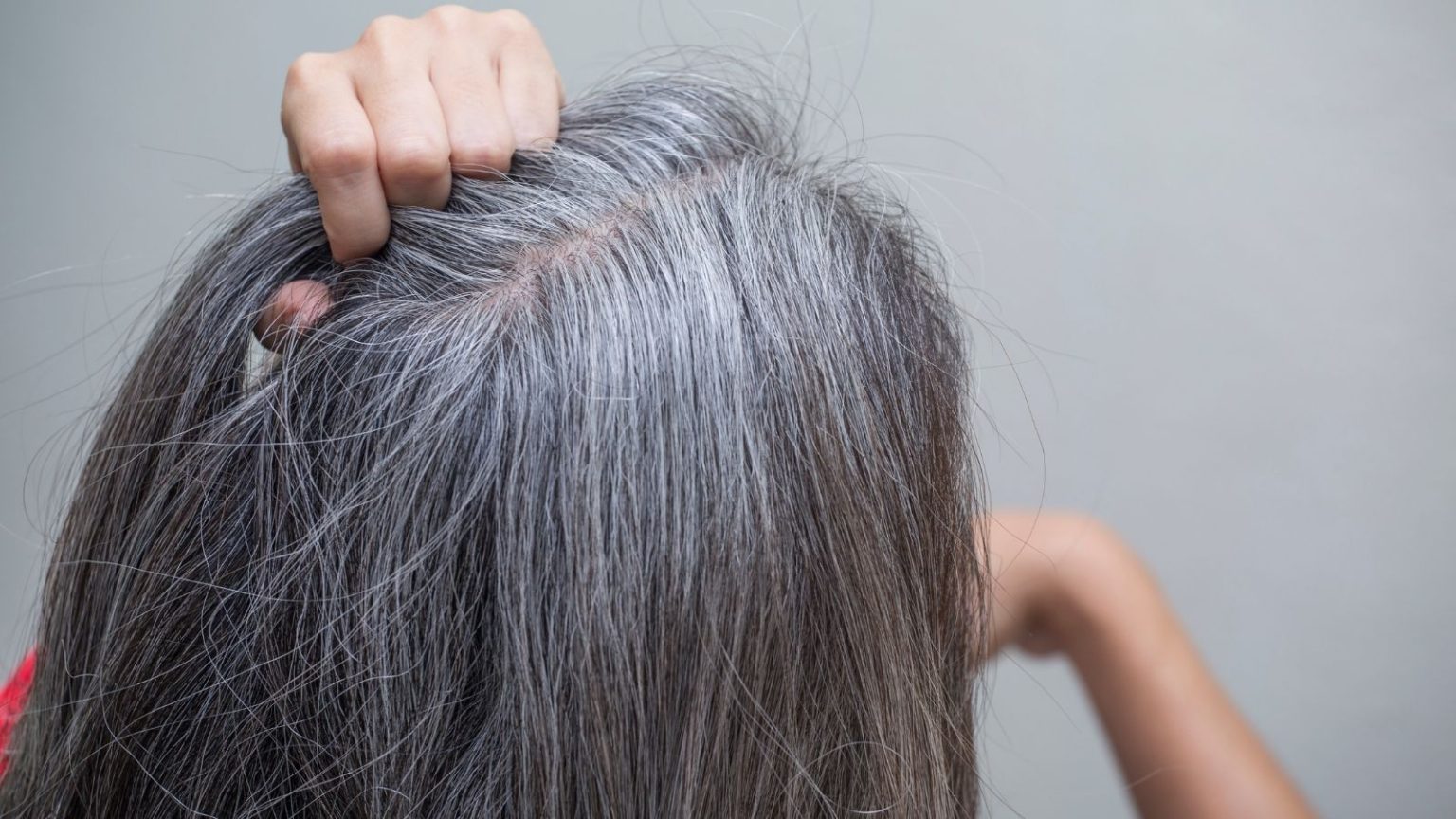It’s not just in your head if you think your hair used to be lusher or the texture feels different. Your hair changes with age in the same way that our skin does. As we get older, we may notice visible signs of aging on our skin, and the same is true for our hair. Changes in texture, loss of color, dehydration and lack of moisture, less elasticity, and overall decreases in hair vitality are some of the most common signs of aging hair. Albeit subtle and sometimes harder to notice than skin. Hair thickness and density vary. Age can also have an effect on hair growth, slowing it down.
Hair and it’s texture
More shedding, hair loss, and follicle miniaturization are commonly associated with age in some people, particularly those with genetic pattern baldness. Texture becomes coarser, wirier, and dehydrated, which can cause damage and breakage.
Hair does not change when you reach a certain age; it is always in a state of flux. However, we can protect hair from some of the possible damage caused by aging. Continue reading to learn more about how hair changes with age, as well as some hair care essentials for keeping aging strands as healthy and vibrant as ever.
Also read 5 Things to Avoid If Your Hair Is Thinning
When Your Hair Grays or Age
Gray hair is one of the most visible signs of aging hair, and there is a logical explanation for this phenomenon. Melanin-producing cells in the body, known as melanocytes, produce less melanin as we age, causing hair to appear gray. We are producing and imbuing less color into our hair, which is made up of porous keratin protein.
- Advertisement -
How to Take Care of Aging Hair
Aging hair, like anti-aging skincare, requires some attention to look and feel healthy and vibrant. You cannot expect your hair to not age, but you can combat the signs and symptoms at each stage. With age, hair can lose its luster, become damaged, and lose its elasticity.
We’re all for embracing grays, but if you’re not ready, don’t. Because gray hair is drier and more prone to breakage. Look for moisture-rich shampoo formulas infused with vitamins to revitalize parched, fragile strands. However, your anti-aging hair care regimen should not always start with a shampoo. These formulas, which should be used once or twice a week, can improve oxygenation and lift dead skin cells while preparing the scalp for nourishment.
After cleansing, use an emollient conditioner blend containing African Shea Butter, Wheat Germ, and Soy Proteins to help lock in moisture. To nourish hair, use natural oils such as sweet almond, sesame seed, olive, jojoba seed, or walnut oil.



